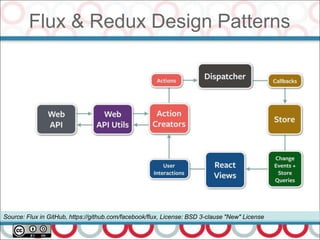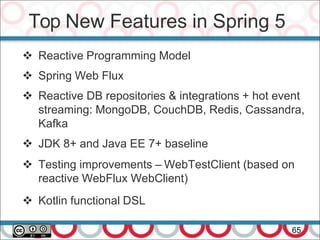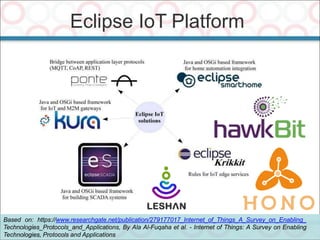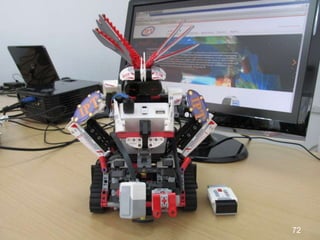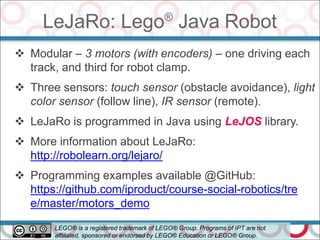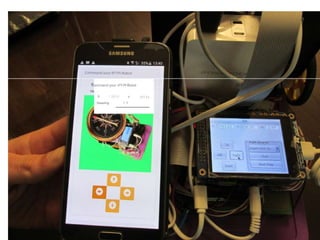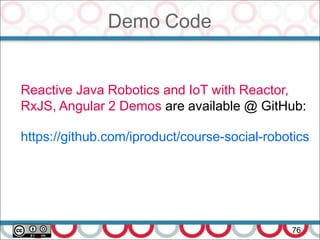Fog computing is a system level architecture that distributes computing, storage, control and networking functions closer to users along the continuum between IoT devices and the cloud. It aims to address issues like high latency and network congestion that result from processing and analyzing IoT data solely in the cloud. Key characteristics include supporting real-time interactions, mobility, low latency applications and an extremely large number of heterogeneous devices.


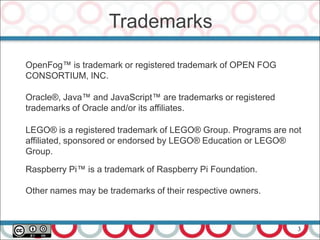
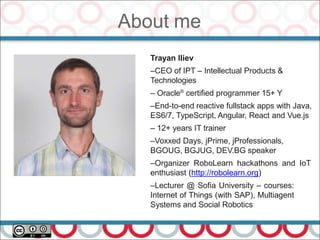





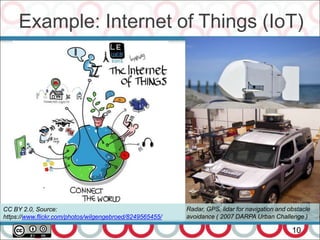








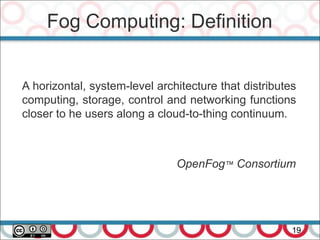

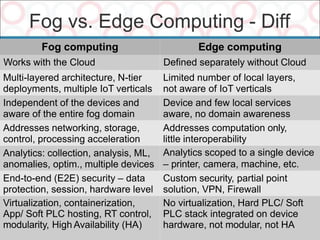

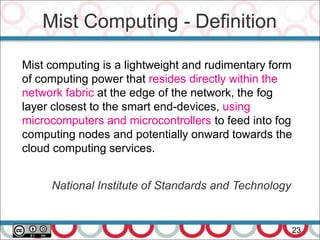



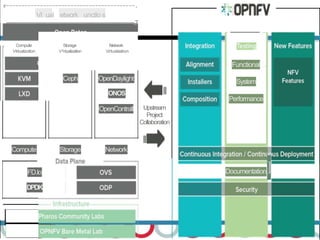






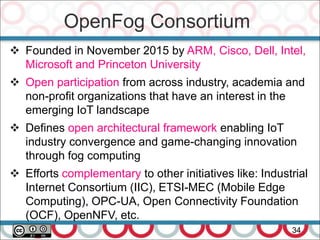




![Using Context, Higher-Order Sofia
Components and Observables with May 15, 2017
Slide 39
Sources:ReactJS [https://github.com/facebook/react/ ]
Licensed under the
Creative Commons Attribution 4.0 International Public License
R
e
Пa
c
оt дход на интелигентните агенти при
моделиране на знания и системи](https://image.slidesharecdn.com/fogcomputing-iliev2018-180207113001-220808051344-33dc76e4/85/fogcomputing-39-320.jpg)
![Reactive Manifesto
40
[http://www.reactivemanifesto.org]](https://image.slidesharecdn.com/fogcomputing-iliev2018-180207113001-220808051344-33dc76e4/85/fogcomputing-40-320.jpg)
![41
Message Driven – asynchronous message-passing allows
to establish a boundary between components that ensures
loose coupling, isolation, location transparency, and
provides the means to delegate errors as messages
[Reactive Manifesto].
The main idea is to separate concurrent producer and
consumer workers by using message queues.
Message queues can be unbounded or bounded (limited
max number of messages)
Unbounded message queues can present memory
allocation problem in case the producers outrun the
consumers for a long period → OutOfMemoryError
Scalable, Massively Concurrent](https://image.slidesharecdn.com/fogcomputing-iliev2018-180207113001-220808051344-33dc76e4/85/fogcomputing-41-320.jpg)

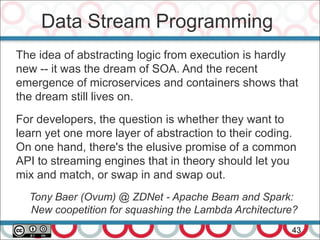








![Reactive Programming
52
Microsoft®
opens source polyglot project ReactiveX
(Reactive Extensions) [http://reactivex.io]:
Rx = Observables + LINQ + Schedulers :)
Java: RxJava, JavaScript: RxJS, C#: Rx.NET, Scala: RxScala,
Clojure: RxClojure, C++: RxCpp, Ruby: Rx.rb, Python: RxPY,
Groovy: RxGroovy, JRuby: RxJRuby, Kotlin: RxKotlin ...
Reactive Streams Specification
[http://www.reactive-streams.org/] used by:
(Spring) Project Reactor [http://projectreactor.io/]
Actor Model – Akka (Java, Scala) [http://akka.io/]](https://image.slidesharecdn.com/fogcomputing-iliev2018-180207113001-220808051344-33dc76e4/85/fogcomputing-52-320.jpg)


![FRP = Async Data Streams
55
FRP is asynchronous data-flow programming using the
building blocks of functional programming (e.g. map,
reduce, filter) and explicitly modeling time
Used for GUIs, robotics, and music. Example (RxJava):
Observable.from(
new String[]{"Reactive", "Extensions", "Java"})
.take(2).map(s -> s + " : on " + new Date())
.subscribe(s -> System.out.println(s));
Result:
Reactive : on Wed Jun 17 21:54:02 GMT+02:00 2015
Extensions : on Wed Jun 17 21:54:02 GMT+02:00 2015](https://image.slidesharecdn.com/fogcomputing-iliev2018-180207113001-220808051344-33dc76e4/85/fogcomputing-55-320.jpg)




